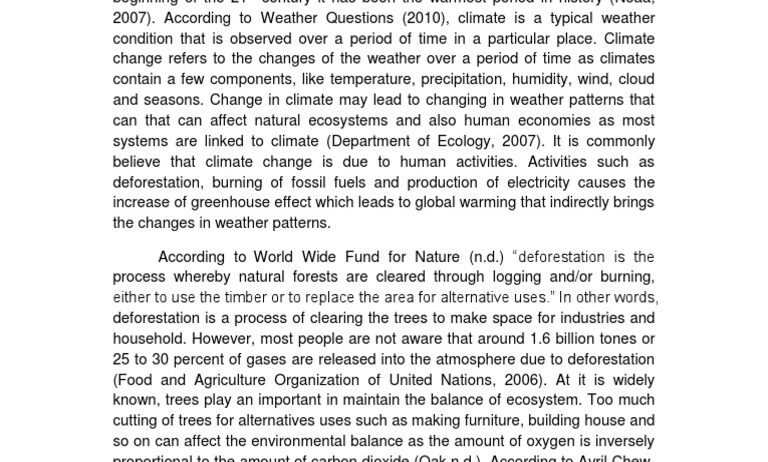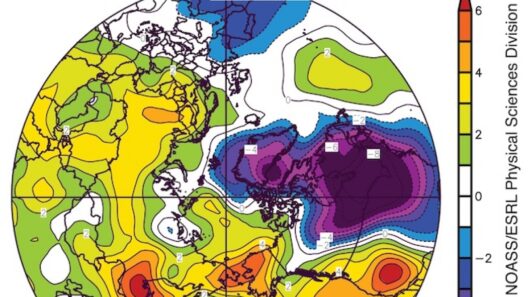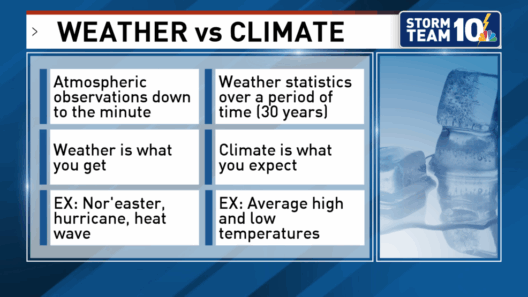The interplay between weather and climate is as intricate as it is critical to understand. Changes in weather and climate can perplex anyone observing the world around them, especially when juxtaposed against a backdrop of historical norms. Variations in temperature, precipitation, and overall atmospheric conditions invite inquiry and fascination. To dissect these changes, it is essential to explore the fundamental components influencing weather patterns and climate shifts.
At the core of these phenomena lies the concept of the atmosphere—a blanket of gases enveloping the Earth. This atmosphere serves as the medium through which energy from the sun is distributed. Solar radiation is not uniformly absorbed across the globe; instead, it interacts with the Earth’s surface and various atmospheric layers in complex ways. Different regions receive disparate amounts of sunlight due to the curvature of the Earth, leading to temperature gradients that significantly impact weather patterns.
The first variable to consider is the greenhouse effect. Greenhouse gases—primarily carbon dioxide (CO₂), methane (CH₄), and nitrous oxide (N₂O)—trap heat in the Earth’s atmosphere. While this phenomenon is essential for maintaining habitable temperatures, excessive concentrations of these gases exacerbate warming. Human activities, including fossil fuel combustion, deforestation, and industrial processes, have led to a significant increase in greenhouse gas emissions. This anthropogenic influence is a primary driver of alterations in both localized weather events and long-term climatic conditions.
Ocean currents and their behavior also play pivotal roles in regulating climate. They act as conveyor belts, moving warm and cold water across vast distances. The interaction between ocean surface temperatures and atmospheric conditions often dictates climatic phenomena like El Niño and La Niña. These oscillatory patterns manifest as dramatic alterations in weather, affecting rainfall distribution, storm intensity, and temperature variations globally.
Moreover, terrestrial factors, such as topography and land use, contribute to climate variations. For example, mountains can block moisture-laden winds, creating rain shadows—arid regions on the leeward side. Urbanization, too, introduces the urban heat island effect, where cities become significantly warmer than their rural surroundings due to human activities, infrastructure, and reduced vegetation. These localized warming effects can lead to increased energy consumption for cooling and altered precipitation patterns.
Another aspect worth contemplating is the influence of seasonal changes and natural cycles. Variations in solar intensity throughout the year lead to the cyclical nature of the seasons, affecting agricultural practices, ecosystems, and human behaviors. Additionally, long-term cyclic phenomena like the Milankovitch cycles—perturbations in the Earth’s orbit and axial tilt—can induce glacial and interglacial periods over millennia, demonstrating that climate changes can transcend immediate human timescales.
Climate change, an overarching term that encompasses both anthropogenic and natural influences, introduces several critical elements of concern. Rising global temperatures have led to heightened instances of extreme weather events, including hurricanes, droughts, and heatwaves. Such volatility not only poses risks for ecosystems but also jeopardizes human health, food security, and economic stability. The direct correlation between climate change and these extreme weather patterns underscores the imperative to understand the causal relationships more deeply.
Feedback loops also merit attention in this complex web of climatic interactions. For instance, melting ice caps reduce the Earth’s albedo (reflectivity), causing more solar radiation to be absorbed, which accelerates further warming. This creates a self-perpetuating cycle that can precipitate dramatic and rapid climatic shifts. Understanding these feedback mechanisms is vital for predicting future climate scenarios and their impacts.
In addressing the mechanics of weather versus climate, it is crucial to delineate their differences. Weather encompasses short-term atmospheric conditions, experienced on a daily or weekly scale, such as rain, wind, and temperature. In contrast, climate refers to long-term atmospheric trends and averages over extended periods, typically defined as 30 years or more. The conflation of these two terms can lead to misunderstandings regarding both immediate weather phenomena and broader climatic shifts.
Recognizing that changes in weather and climate result from a multitude of interrelated factors enables a more nuanced discussion of environmental stewardship. As individuals observe uncharacteristic weather patterns, it is incumbent upon society to connect those observations to the broader narrative of climate change. The fascination with these alterations should not merely stem from their novelty but also from a collective sense of responsibility toward mitigating their impacts.
In conclusion, the exploration of what causes changes in weather and climate reveals a complex tapestry woven from both natural dynamics and human influences. The warming of the planet, driven by greenhouse gas emissions, interacts with ocean currents, topographical variables, and seasonal changes to create the intricate weather patterns we experience. Recognizing the multitude of factors contributing to climate change is essential for fostering public awareness, promoting sustainable practices, and ultimately safeguarding the planet for future generations. The ever-evolving nature of our atmosphere challenges us to adapt and respond proactively to ensure a stable climate—a fundamental necessity for all life on Earth.







